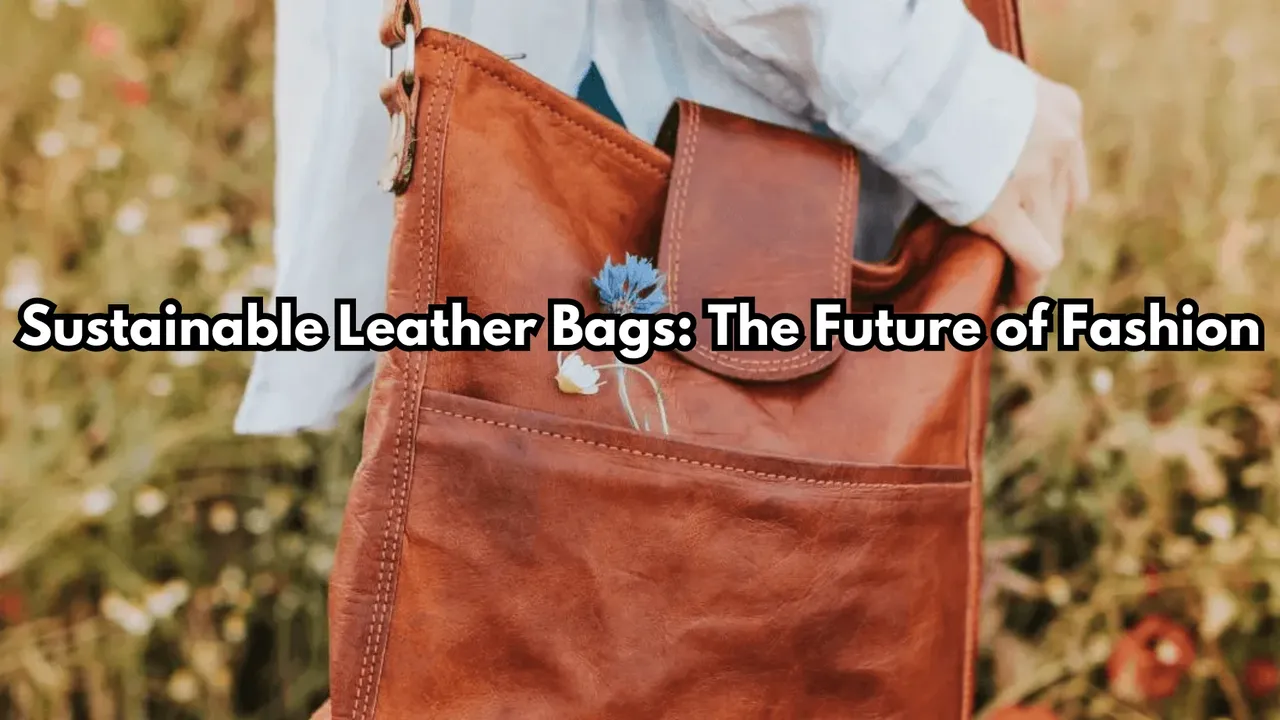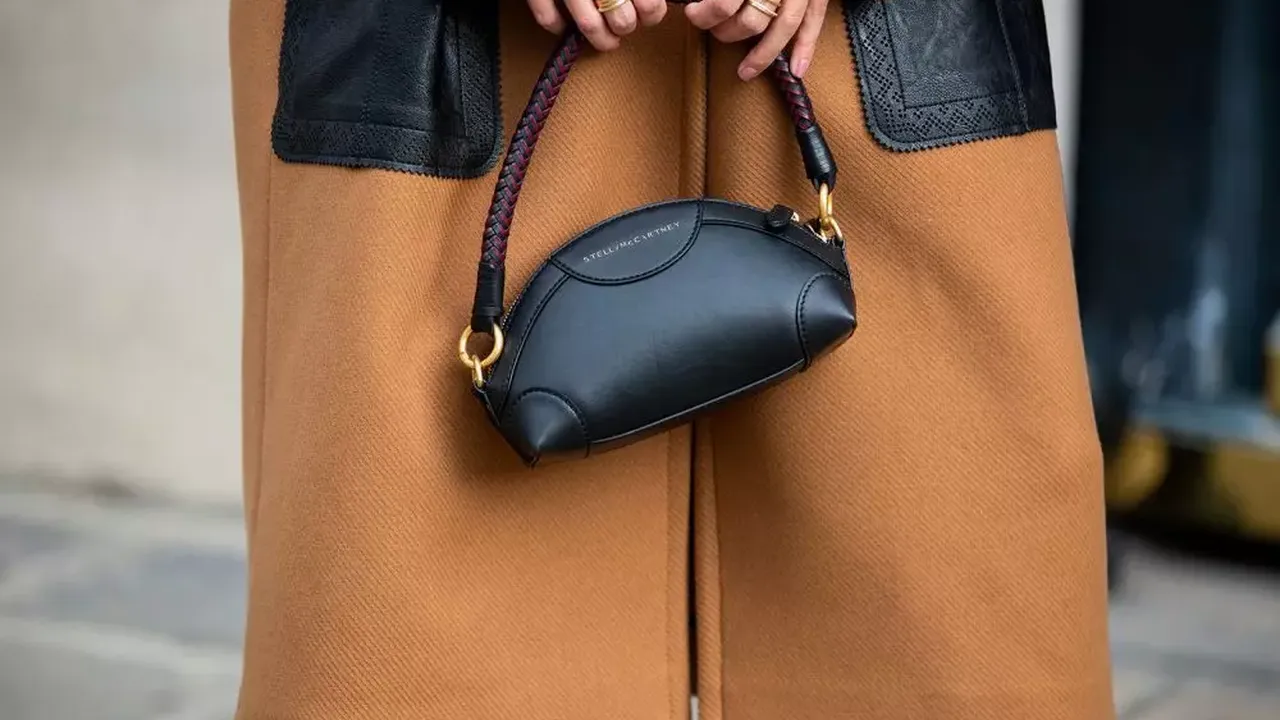The Durability Test: Vegan Leather vs
Discover how vegan leather and real leather handbags hold up under stress tests. Discover which material offers the best long-term performance.

Introduction: Vegan Leather vs Real Leather Durability Showdown
So, you're on the hunt for a new handbag, huh? And you're stuck in the age-old dilemma: real leather or vegan leather? Let's be honest, the big question on everyone's mind is: which one lasts longer? We're diving deep into a head-to-head durability test to see which material truly stands the test of time. Forget fancy marketing jargon; we're talking real-world wear and tear. Buckle up, handbag lovers!
Understanding Real Leather Durability Factors
Real leather, the classic choice, is known for its robust nature. But not all real leather is created equal. The type of animal skin, tanning process, and quality all play a crucial role in determining its lifespan. Full-grain leather, for instance, is considered the crème de la crème, boasting unmatched durability due to its tightly packed fibers. Top-grain leather is a close second, offering a good balance of durability and affordability. However, lower grades like genuine leather or bonded leather often fall short in terms of longevity. Think of it like this: buying a full-grain leather bag is like investing in a sturdy oak tree, while a bonded leather bag is more like a fast-growing (and fast-fading) sapling.
Decoding Vegan Leather Durability Composition and Manufacturing
Vegan leather, on the other hand, is a broad term encompassing a variety of materials. Polyurethane (PU) and Polyvinyl Chloride (PVC) are the most common types, but innovative materials like Piñatex (pineapple leaf fiber), mushroom leather, and apple leather are gaining traction. The durability of vegan leather hinges on the quality of the base material and the manufacturing process. High-quality PU leather, for example, can mimic the look and feel of real leather while offering impressive resistance to scratches, tears, and water damage. However, cheaper PVC options tend to be less durable and more prone to cracking and peeling over time. It's like comparing a meticulously crafted synthetic diamond to a cheap plastic imitation – the difference is clear.
Stress Test 1 Abrasion Resistance
First up: abrasion resistance. We subjected both real leather and vegan leather samples to a rigorous rub test using a standardized abrasion machine. The goal? To see how well each material could withstand everyday scuffs and scratches.
Real Leather: Full-grain leather emerged as the clear winner, showing minimal signs of wear even after extensive rubbing. Top-grain leather also performed well, exhibiting only slight surface scratches.
Vegan Leather: High-quality PU leather held its own, demonstrating good resistance to abrasion. However, PVC leather showed noticeable signs of wear, with the surface coating starting to peel after repeated rubbing.
The Verdict: Real leather, especially full-grain, takes the crown for abrasion resistance. But high-quality PU vegan leather is a respectable contender.
Stress Test 2 Tear Strength
Next, we put the materials to the tear test. Using a specialized tensile testing machine, we measured the force required to tear each sample. This test simulates the kind of stress a handbag might experience if it gets snagged or pulled.
Real Leather: Again, full-grain leather proved its mettle, requiring significant force to tear. The tightly woven fibers resisted tearing even under extreme pressure.
Vegan Leather: High-quality PU leather demonstrated impressive tear strength, nearly matching the performance of top-grain leather. However, PVC leather tore relatively easily, indicating a weaker structure.
The Verdict: Real leather, particularly full-grain, is the champion of tear strength. But high-quality PU vegan leather offers surprisingly good resistance.
Stress Test 3 Water Resistance and Stain Resistance
Let's face it: handbags often encounter spills and splashes. We tested the water resistance and stain resistance of each material by exposing them to water, coffee, and other common liquids.
Real Leather: Real leather is naturally water-resistant, but it can stain if not treated properly. We observed that untreated leather absorbed liquids quickly, leading to visible stains.
Vegan Leather: Most vegan leathers are inherently water-resistant due to their synthetic composition. Liquids beaded up on the surface, making them easy to wipe away.
The Verdict: Vegan leather wins in terms of water resistance and stain resistance. It's the ideal choice for those who live in rainy climates or tend to be a bit clumsy.
Stress Test 4 Flex Fatigue and Creasing
Constant bending and flexing can take a toll on any material. We subjected the samples to a flex fatigue test, repeatedly bending and creasing them to simulate everyday use.
Real Leather: Real leather develops a natural patina over time, with creases and wrinkles adding to its character. However, excessive flexing can lead to cracking in lower-quality leathers.
Vegan Leather: Cheaper PVC vegan leather is prone to cracking and peeling with repeated flexing. High-quality PU leather, on the other hand, can withstand flexing without significant damage.
The Verdict: Real leather develops a desirable patina with age, while high-quality PU vegan leather holds up well under flexing. Avoid PVC vegan leather if you're concerned about cracking.
Product Recommendations Vegan Leather Handbags
Okay, so now you know *how* these materials perform, let's talk about *what* to buy! Here are a few specific vegan leather handbag recommendations:
Matt & Nat Brave Backpack Vegan Leather Versatility
Description: This stylish and functional backpack is made from high-quality PU vegan leather. It features multiple compartments, adjustable straps, and a sleek design.
Use Case: Perfect for students, commuters, and travelers. It can comfortably hold a laptop, books, and other essentials.
Pros: Durable, water-resistant, stylish, and ethically made.
Cons: Can be a bit pricey.
Price: $150-$200
Angela Roi Cher Tote Vegan Leather Elegance
Description: This elegant tote bag is crafted from premium vegan leather and features a spacious interior, a magnetic closure, and a detachable shoulder strap.
Use Case: Ideal for work, shopping, or everyday errands. It can easily accommodate a laptop, wallet, phone, and other essentials.
Pros: Stylish, spacious, well-made, and ethically sourced.
Cons: Can be a bit heavy when fully loaded.
Price: $250-$300
Corkor Crossbody Bag Sustainable Style
Description: Made from natural cork, this crossbody bag is lightweight, durable, and water-resistant. It features an adjustable strap and a secure zipper closure.
Use Case: Perfect for travel, festivals, or everyday outings. It's lightweight and comfortable to wear, even for extended periods.
Pros: Sustainable, eco-friendly, lightweight, and water-resistant.
Cons: Cork material may require special care.
Price: $80-$120
Product Recommendations Real Leather Handbags
If you're leaning towards real leather, here are a few options to consider:
Saddleback Leather Co. Classic Briefcase The Heirloom Piece
Description: Made from full-grain leather, this briefcase is built to last a lifetime. It features a simple yet elegant design, reinforced stitching, and a durable construction.
Use Case: Ideal for professionals who need a reliable and stylish briefcase for work.
Pros: Extremely durable, timeless design, and will develop a beautiful patina over time.
Cons: Very expensive and can be quite heavy.
Price: $600+
Fossil Maya Hobo Bag Everyday Luxury
Description: A classic hobo bag made from soft, supple leather. It's known for its slouchy silhouette and comfortable shoulder strap.
Use Case: A great everyday bag that's stylish and functional.
Pros: Stylish, comfortable to carry, and made from quality leather.
Cons: Can be prone to scratching.
Price: $200-$300
Vegan Leather vs Real Leather Handbags Price Point Considerations
Let's talk dollars and cents. Generally speaking, real leather handbags tend to be more expensive than vegan leather options. This is due to the higher cost of raw materials, tanning processes, and labor involved in producing real leather. However, the price range for both real and vegan leather handbags can vary widely depending on the brand, quality, and design.
You can find budget-friendly vegan leather handbags for as little as $50, while high-end designer real leather bags can cost thousands of dollars. It's important to set a budget and compare prices from different retailers before making a purchase.
Care and Maintenance Tips for Prolonging Handbag Life
No matter which material you choose, proper care and maintenance are essential for prolonging the life of your handbag. Here are a few tips to keep your bag looking its best:
For Real Leather: Condition your leather bag regularly with a leather conditioner to prevent it from drying out and cracking. Clean spills immediately with a damp cloth and avoid exposing your bag to extreme heat or sunlight.
For Vegan Leather: Wipe your vegan leather bag with a damp cloth to remove dirt and grime. Avoid using harsh chemicals or abrasive cleaners, as they can damage the surface. Store your bag in a dust bag when not in use to protect it from scratches and dust.
Making an Informed Decision Choosing the Right Material for You
So, which material is more durable: real leather or vegan leather? The answer isn't always straightforward. Real leather, particularly full-grain, boasts superior abrasion resistance and tear strength. However, high-quality PU vegan leather can offer surprisingly good durability while being more water-resistant and stain-resistant. Ultimately, the best choice depends on your individual needs, preferences, and budget. Consider your lifestyle, intended use, and ethical values when making your decision.
:max_bytes(150000):strip_icc()/277019-baked-pork-chops-with-cream-of-mushroom-soup-DDMFS-beauty-4x3-BG-7505-5762b731cf30447d9cbbbbbf387beafa.jpg)





